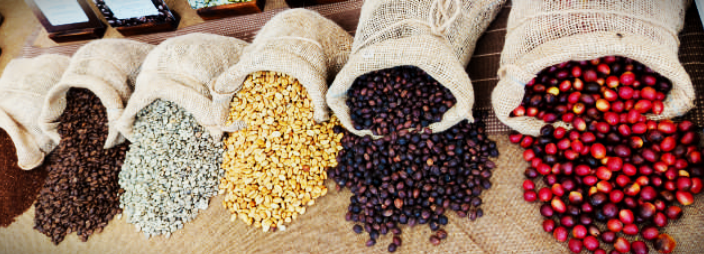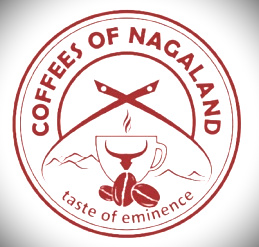SUNDAY, DECEMBER 07, 2025
- Home
- Nagaland bets on coffee as its unique selling point
Nagaland bets on coffee as its unique selling point
Recognising it as a key product contributing to the state's identity, the government of Nagaland has adopted coffee as its unique selling point (USP), which has been submitted to the Ministry of Development of North Eastern Region
Share

A screenshot of coffee produces (Source: From AAR of the department of Land Resources)
- KOHIMA — Recognising it as a key product contributing to the state's identity, the government of Nagaland has adopted coffee as its unique selling point (USP), which has been submitted to the Ministry of Development of North Eastern Region (DoNER).
- This was disclosed in the department of Land Resources' annual administrative report for 2024-25.
- In view of this, the department has designed a logo for the Coffee USP to be integrated with state stationery for branding and visibility, thereby fostering better engagement with stakeholders, including investors, tourists, and citizens.

Logo for the Coffee USP
- It stated that Nagaland is increasingly turning to coffee cultivation to address multiple developmental and environmental challenges. It highlighted that Jhum (slash-and-burn) agriculture is widely practised in the state, involving the clearing of small plots of land by fire and allowing them to regenerate after cultivation.
- While acknowledging coffee’s potential to address Jhum practices in the state, the department has focused on promoting coffee in collaboration with the Coffee Board.
- The department of Land Resources further claimed that Nagaland has emerged as the leading coffee-producing state in the Northeast, with a significant number of young entrepreneurs thriving in the coffee sector.
- It also noted that the state's coffee production is gaining attention due to its unique growing conditions, including a cool climate, fertile soil, and high altitudes, which result in high-quality coffee beans.
- Coffee development
- With a growing demand for coffee plantations among farmers across the state, the department has been promoting coffee development under CSS and State Schemes. As of 2024, an area of 10,748 hectares has been brought under coffee cultivation through various schemes such as PMKSY-WDC, NABARD RIDF, and the State Plan.
- It stated that during the current financial year, the department supported the development of 438 hectares of coffee plantations across the state under a state scheme, including the RIDF–XXVIII project titled ‘Promoting Sustainable Livelihood through Coffee Plantation in Nagaland.’
District-wise production of coffee during 2022-23 & 2023-24- Weight in metric tonne (MT)
|
|
|
|
|
|
|
|
|
|
|
|
|
|
|
|
|
|
|
|
|
|
|
|
|
|
|
|
|
|
|
|
|
|
|
|
|
|
|
|
|
|
|
|
|
|
|
|
|
|
|
|
|
|
|
|
|
|
|
|
|
|
|
|
|
|
|
|
|
|
|
|
|
|
|
|
|
|
|
|
|
|
|
|
|
|
- Source: Department of Land Resources
- Value addition on coffee
- Highlighting the importance of post-harvest processing as the most crucial stage of coffee development, the report stated that manual processing of freshly harvested cherries degrades coffee quality.
- The department informed that out of approximately 10,748 hectares of coffee plantations developed in the state, about 1,000 hectares have already attained maturity. This necessitates mechanisation for post-harvest processing to produce high-quality coffee.
- A coffee washing station is a processing unit where coffee cherries undergo washing, fermentation, pulping, and drying to produce high-quality coffee beans.
- During the current financial year, the department installed and operationalised coffee washing stations in 10 coffee-growing clusters across nine districts with funding support from the NEC project titled ‘Value Addition on Coffee/Procurement of Roasting Machines and Training of Entrepreneurs.’
- Research & Adaptation Station
- Altitude plays a crucial role in coffee production, with higher elevations (above 1,500m MSL) yielding superior flavours but facing frost-related challenges. In Nagaland, plantations above this altitude have suffered winter damage, leading to stunted growth or plant loss.
- To address this, the department of Land Resources has established a Coffee Research & Adaptation Station at Touphema in Kohima to test and adapt coffee varieties for survival beyond 1,500m MSL. This initiative aims to expand high-altitude coffee cultivation while ensuring superior quality production.
-

